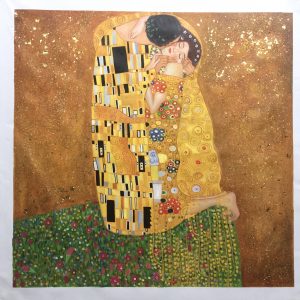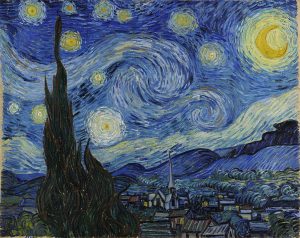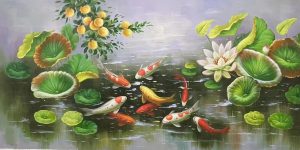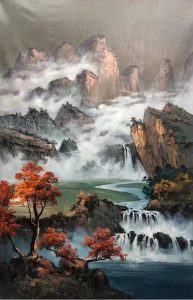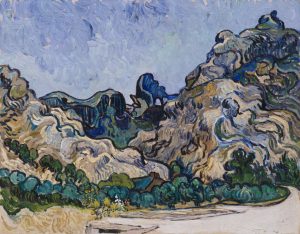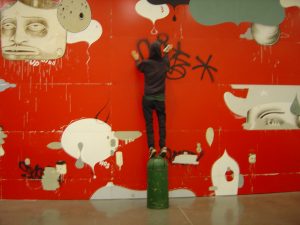Professional photography in Africa is a business that has flourished despite numerous proclamations of the apparent extinction of ‘tribal’ cultures. It has served to package a land as myth, to distance and give entrance to the observer. This has in turn led to a greater demand for exotic photographs in order to satiate the thirst of the curious.
Some of the most famous photographers in this field are women, although paradoxically their subjects are almost always men. They have created a myth of ‘culture’ as homogeneous, monolithic and static, exploiting the fact that the audience is unfamiliar with the material. Luring the unsuspecting public with technically brilliant and stunning masterpieces of photography, which are often presented as narrative or chronicle, they become definitive ‘documents’, often poorly researched, of the lives of groups of people.
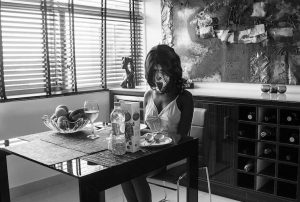
On this account, both the photographer and the spectator are culpable willing participants in a game of power.
The spectator’s guilt lies in the acceptance of photographic evidence alone as a fixed ‘tribal’ culture. Underlying this is the acceptance of notions of the ‘traditional’ and the belief in the holistic non-fragmentary nature of society.
It is however the photographer who sets the agenda. With her rests the responsibility of representing fairly the lives of the host culture. But it is also to her that one can trace the immediate disempowerment of that culture.
Every photographer is guilty of having selected certain moments over others and of forcing the non-participation of the subject in the process of selection. However, in Africa, the problem is exacerbated by the photographer’s disturbing lack of compunction in witnessing and stealing intimate moments unauthorised by the subject; (eg. secret ceremonies). These same photographers eroticise their subjects. In both instances with a lack of commitment or understanding of the subject matter. These practices are damaging.
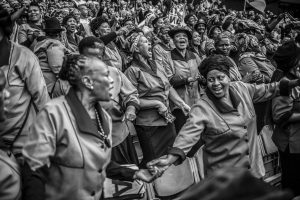
It is hardly surprising that it is in the ‘Third World’ that women photographers have made their mark. Only in these liminal zones, these areas which have often forced role reversal can women, exploiting the example of their foremothers, and confident in the knowledge of the invincibility and supremacy of white culture, dare to go where angels fear to tread, never questioning their right of access to or the limits of their intrusion into the lives of the host culture.
One of the most famous early photographers, commissioned to document the Nuba of Sudan was the shining star of Hitler’s Germany, Leni Reifenstahl, whose book The Last of the Nuba proudly proclaims their demise. They do still exist but, under the influence of those like Riefenstahl and under the unremitting exposure offered by the clicking cameras of the curious their way of life has changed significantly.
In the same tradition of ‘objective’ photography which purports to document the lives of differing groups or ‘tribes’, those such as Mirella Riccardi (Vanishing Africa) and Caroline Beckwith (The Maasai and Nomads of the Niger) have flourished.
Like Riefenstahl, they are photographers of the highest calibre who have selected instances of haunting beauty as a means to isolate routine moments and to make them aesthetic material. Their books both implicitly and explicitly testify to this ideal. For example, Nomads of the Niger states: “this extraordinary book is the first to be published about a unique and colourful people–the Woodabe of Niger, in Sub Saharan Africa. Among the few surviving nomads in the world, these tall, slender, handsome desert dwellers live as they have for centuries, moving their herds across a parched landscape.”
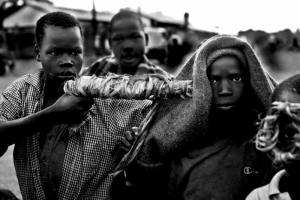
This quotation suggests many of the concerns which must be seen as primary to the photographer if her work is to be commercially successful. It articulates a framework within which she is programmed to operate. Although the book involved two years of research, what predominates is a central concern to present colour, beauty and harsh landscape. The inference must therefore be that the photographers have discarded those pictures that present images of affliction, squalor or despair.
Secondly, these photographers operate within the premise that cultures exist in a temporal vacuum, giving a static, a-historical assessment to the lives of individuals and groups.
Thirdly, it presents a group and their environments as homogeneous (particularly in visual terms).
In brief, these photographers propose that selected images of a people at a given time can document the ‘lives’ of the ‘Woodabe’.
The most recent and most questionable exponent of this brand of travel journalism (or research, as the case may be) is Vivienne Sharpe (‘The Observer’ et al) who currently has been lecturing in London. An example of the esteem in which the host culture is held is offered by her comments on the presentation of a slide at the Horniman Museum:
“End hyere we hyeve a picture of the guard’s uniform. Note the myan on the left–he hyas a ter in his trousers!”
She convulses into giggles as the audience erupts into laughter.
One of the few to begin to deal with the problem of the colonial experience is Margaret Courtney-Clarke in her stunning work Ndebele Women of South Africa. There is however a certain pervasive ambivalence that can best be summed up in the following lines:
“By adapting Western imagery to their own purposes, Ndebele women of South Africa have in a small way made an accommodation that has eluded the country as a whole. At present, when insurrection seems likely to engulf the country, the Ndebele murals may seem beside the point.”
This is an eloquent statement on the political dimension inherent in the taking of images and of the role that the photographer plays even at the ‘pre-production’ stage by the very process of selection of theme or topic.
However, there is an assumption of a ‘pure’, unadulterated form of art which exists in contrast to the Ndebele murals. This is an illusion as all art has been subject to assimilation or, more crudely, ‘borrowing’ and township art is a living testament to this. Although Ndebele murals may be a more familiar (‘traditional’), accessible and less overtly political form of art, more radical forms cannot be dismissed so casually.
Terms like ‘accommodate’ and ‘elude’ also imply value judgements in the sense that ‘accommodate’ connotes compromise and infers the hostility of other art practices to that sense of benign acculturation and ‘elude’ provides reinforcement to this idea by in addition infering that more ‘hostile’ forms of art are somehow less beneficial to social stability.
Having seemingly dismissed the value of the political dimension to art practice, it is then reinstated by Courtney-Clarke’s observation of the apparent irrelevance of undertaking a study of an area so disjuncted from the centre of the political arena.
Indigenous professional women photographers do exist in Africa. Stephen Sprague states in African Arts (vol XII (I) 1978) in his article on Yoruba portrait photographers:
“It is considered a good modern profession for young people to enter, and though the vast majority of photographers are men, there are no restrictions against women. In Ila-Orangun, the ten photographers include … one young woman.”
As the clients are also the consumers, the gulf between audience/ spectator, photographer and subject is breached by demand.
However, in terms of addressing external markets, the most notable advance in the field has been made by Safi Faye, a Senegalese filmmaker. Her most famous film Letters from My Village (1976) was shot in her home village using locals to act. At times she imposes a structure in the form of narrative and at other times she allows the locals to decide the issues that the film will address. In Kaddu Beykat the subject is the imposition of the mono-culture of peanut farming:
“Perhaps on the first day of filming I will initiate the proceedings but thereafter it is the locals who will do so.”
This results in a less direct input from the ‘auteur’ avoiding some of the pitfalls of having an agenda or subject to meet which necessitates a sole preordained vision.
Photography which disguises itself under the mantle of serious research when the principal concern informing the work is the presentation of the lyrical and dramatic only serves to disrupt cross-cultural understanding. It is only by a radical practice of participatory photography which has no externally imposed agenda that photography can near the ‘representational’.
